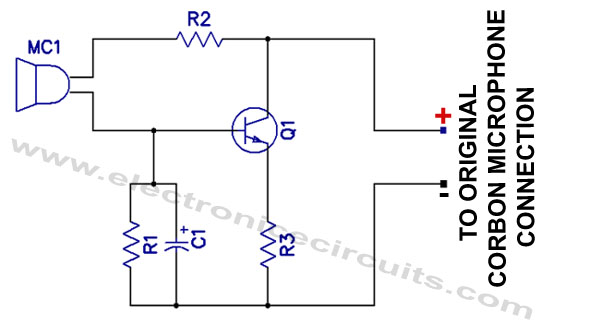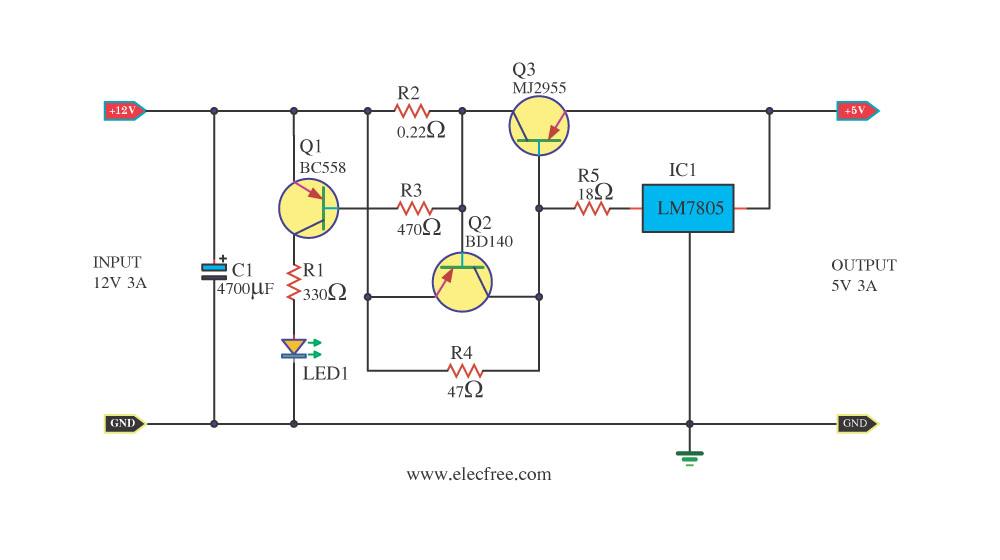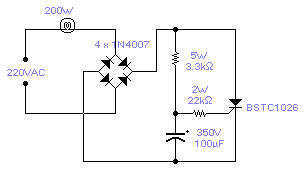
converter 220v ac to 40kv ac

The step-up transformer described can be repurposed as a flyback transformer from an unused television. It is advisable to utilize a basic model without a voltage tripler or high-voltage diode. This type of transformer is capable of generating voltages up to ten thousand volts with relative ease. The schematic diagram originates from a circuit designed to convert 220V AC to a 40kV AC power supply.
The step-up transformer operates on the principle of electromagnetic induction, where a primary coil, connected to a lower voltage AC source, generates a magnetic field that induces a higher voltage in the secondary coil. In this application, the transformer is specifically adapted for use in high-voltage power supplies, such as those found in CRT televisions, which necessitate high voltages for operation.
The recommended transformer should be a basic flyback type, which is known for its efficiency in generating high voltages while maintaining a compact design. The absence of additional components such as voltage doublers or high-voltage diodes simplifies the circuit and reduces potential points of failure, making it more reliable for experimental or practical applications.
In the schematic diagram, the primary side of the transformer is connected to a standard 220V AC supply, while the secondary side is designed to output approximately 40kV AC. Proper insulation and safety precautions must be implemented to handle the high voltage safely. This includes using materials rated for high voltage, ensuring that all connections are secure, and employing protective measures to prevent accidental contact with live components.
The circuit's design may include additional filtering or regulation components to ensure stable output and to mitigate any voltage spikes. It is crucial to consider the transformer’s specifications, including turns ratio, core material, and winding configuration, to achieve the desired performance and efficiency in high-voltage applications.The step up trasformer here can be used as a fly-back transformer from a TV which is not used. Better to use a primitive type, without tripler or high voltage diode. This type of transformer is initially allowed to obtain ten thousand-volt voltage easily. The schematic diagram come from circuit: Converter 220V AC to 40kV AC power supply. Go to th at page to read the explanation about above power supply related circuit diagram. 🔗 External reference
The step-up transformer operates on the principle of electromagnetic induction, where a primary coil, connected to a lower voltage AC source, generates a magnetic field that induces a higher voltage in the secondary coil. In this application, the transformer is specifically adapted for use in high-voltage power supplies, such as those found in CRT televisions, which necessitate high voltages for operation.
The recommended transformer should be a basic flyback type, which is known for its efficiency in generating high voltages while maintaining a compact design. The absence of additional components such as voltage doublers or high-voltage diodes simplifies the circuit and reduces potential points of failure, making it more reliable for experimental or practical applications.
In the schematic diagram, the primary side of the transformer is connected to a standard 220V AC supply, while the secondary side is designed to output approximately 40kV AC. Proper insulation and safety precautions must be implemented to handle the high voltage safely. This includes using materials rated for high voltage, ensuring that all connections are secure, and employing protective measures to prevent accidental contact with live components.
The circuit's design may include additional filtering or regulation components to ensure stable output and to mitigate any voltage spikes. It is crucial to consider the transformer’s specifications, including turns ratio, core material, and winding configuration, to achieve the desired performance and efficiency in high-voltage applications.The step up trasformer here can be used as a fly-back transformer from a TV which is not used. Better to use a primitive type, without tripler or high voltage diode. This type of transformer is initially allowed to obtain ten thousand-volt voltage easily. The schematic diagram come from circuit: Converter 220V AC to 40kV AC power supply. Go to th at page to read the explanation about above power supply related circuit diagram. 🔗 External reference





